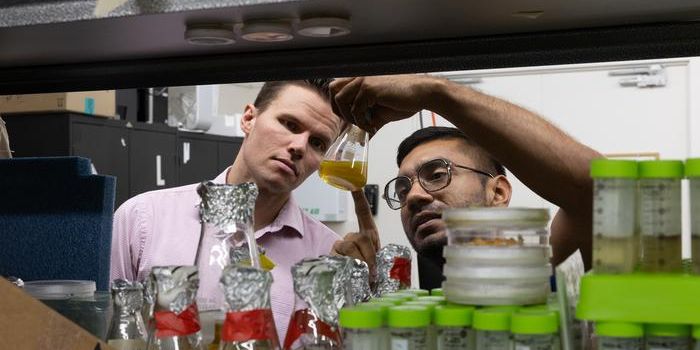Researchers Propose Pathway to Plastics Free of Carbon Emissions
Plastics may, in general, be a product of fossil fuels like petroleum, but that has not stopped an international team of scientists from devising a way to potentially drop all emissions from plastic production. The team, comprised of researchers from the US, Germany, and Switzerland, recently published their findings in Science. Their study consisted in a review of over 400 separate pieces of plastics research, and the review led to a development of a recycling and carbon capture-based framework that could lead to a “net-zero-emission-plastic world by 2050.”
The research claims to have created a model that incorporates 90% of the world’s current plastics and plastic production. The team’s conclusion is that getting to net-zero emission plastics – eliminating the net greenhouse gases produced throughout the life cycle of plastic products – is possible. According to the study, this net-zero future would be achievable under the condition that 70% of all plastics are recycled. For context, the US currently recycles less than 10% of our plastic. Attaining such a recycling rate, along with following through on the model’s other prescriptions, such as biomass and carbon capture utilization, would produce energy savings between 34 and 53%.
The study’s model relies on some assumptions, like a high cost of oil and an incentivizing of “large-scale recycling,” but any climate action-focused future will likely be moving in the direction of these assumptions or others like it. While plastic is one of the world’s most useful inventions and a marvel of modern science, the disposable nature we have treated with it has caused it to become a bane to life around the planet. As we move toward a cleaner, more sustainable world, we will have to change our attitude of viewing plastic as a one-time use product, and instead recognize it for the long-term, nearly indestructible material it is. While we reduce its use, now we know we can also move towards making the remaining amount we do use in a sustainable, net-emission-free way.









